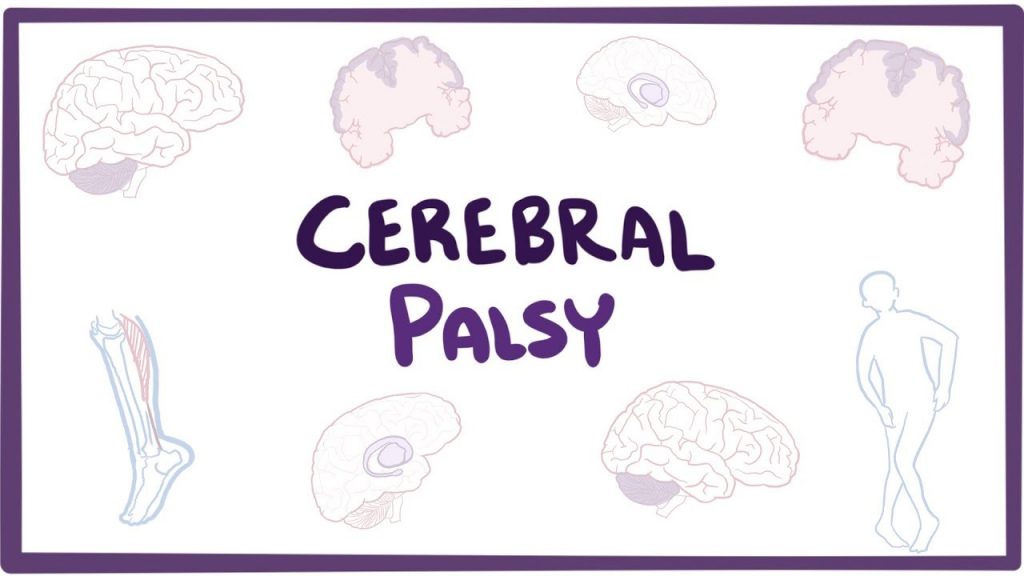
Cerebral Palsy is a nonprogressive lesion of the brain occurring before, at, or soon after birth that interferes with normal brain development. It is caused by damage to areas of the brain that control and coordinate muscle tone, reflexes, posture, and movement. The extent of the impact that this condition has on muscle tone and reflexes depends on the location and severity of the injury within the brain. Because of this, the type and severity of dysfunction varies greatly among people with CP. Predominantly, it exists in two forms;
- Spastic – Making up 70% of those with CP, spastic is characterized by an increased muscle tone typically involving the flexor muscle groups of the upper extremity (e.g., bicep brachii) and extensor muscle groups of the lower extremities (quads, triceps). Because of this, the antagonistic muscles (muscles controlling the opposite action) of the hypertonic muscles are usually weak.
- Athetoid- characterized by involuntary and/or uncontrolled movement that occurs primarily in the extremities. CP can be further categorized topographically (e.g. quadriplegia, diplegia, hemiplegia).
Individuals with CP have decreased physical fitness levels and because of the clinical symptoms and secondary conditions that develop, it often leads to functional declines. As they age, adolescents with CP may show a decline in gross motor capacity related to loss of range of motion, postural changes, or pain as well as reduced aerobic capacity. Furthermore, greater physical fatigue is often seen as individuals with CP age. It is important then, for people with CP to incorporate exercise and maintain a high level of fitness to offset the decline associate with age and the effects of CP. Exercise has shown to improve muscle strength in the legs, which can help with anaerobic and aerobic activities that involve the lower limbs. Therefore, training to develop muscular strength and endurance could be valuable in hindering the functional deterioration and the associated physical dependence adults with CP experience.
Exercise guidelines for individuals with CP typically follow the same as the general population, which to accumulate 150-300 minutes of moderate intensity or 75-150 minutes of vigorous intensity physical activity each week, with muscle strengthening activities done at least 2 days each week.
However – the program must be modified and tailored based on the individual’s functional mobility level, number and type of associated conditions and degree of involvement of each limb. Because of altered movement control, energy expenditure is high even at low power outputs. Therefore, with individuals with severe symptoms, aerobic exercise programs should start with frequent but short bouts of moderate intensity work with frequent rest breaks, and then these bouts are increased over time. Here are some further considerations for exercise for those with CP.
- Resistance training plays a vital role in the management of CP, as it increases strength without adverse effects on muscle tone. With resistance training- exercises that target weak muscle groups that oppose hypertonic muscle groups should be a focus- as this improve the strength of the weak muscle group and normalises the tone in the opposing hypertonic muscle group.
- The role of flexibility and mobility with resistance training is also important for those with high muscle tone. With flexibility training, hypertonic muscles should be stretched slowly to their limits throughout the workout program to maintain length. Roughly 30s of stretching can improve muscle activation of the antagonistic muscle group. The focus of any program for young people with CP is to normalise muscle tone and develop reactions to abnormal reflex activity is reduced.



